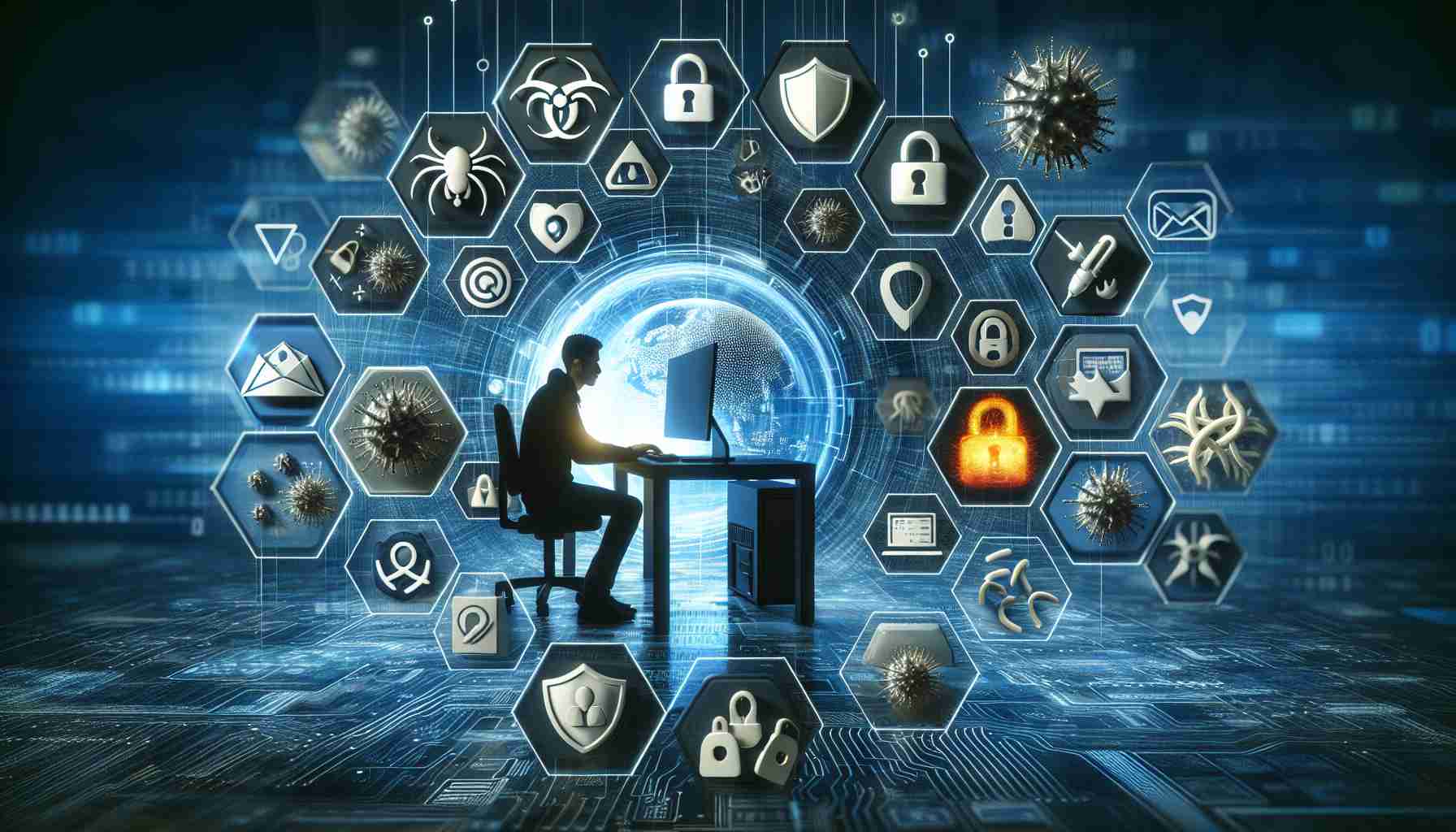The digital realm is fraught with perils as cybercriminals devise ever-more sophisticated methods to deceive individuals with false claims of legitimacy and urgent requests. In this treacherous environment, staying vigilant and informed is our best defense.
Consider the case of a person who recently encountered the classic symptoms of a phishing attack—an unsolicited email, seemingly from a familiar establishment, claming an expensive purchase of antivirus software. Prompted by the email, they quickly realized the potential fraud and took prudent action by contacting their credit card company to report the incident, discovering no such transaction had been made.
In recent times, your personal information can easily end up in the wrong hands due to widespread digital data availability. Your email may be compromised through various avenues such as phishing attacks, data breaches, or unsolicited collection (email harvesting).
Here is a bespoke guide to fortifying your iPhone against intrusions:
1) Double down on passcode and biometric security: Use a reliable passcode along with facial or fingerprint recognition to deter unauthorized access.
2) Revamp your passwords: Reinforce the safety of your Apple ID and email by creating new, complex passwords.
3) Activate two-factor authentication: Add an additional layer of protection to your accounts affected by phishing, making your data more secure.
4) Inspect your email settings: Analyze and amend any unauthorized forwarding settings.
5) Guard against SIM swapping: Request your carrier to enable SIM swapping protection.
6) Install effective antivirus software: Protect your devices against malicious links and malware threats.
7) Opt for identity theft protection: Enhance your security with dark web monitoring and get immediate alerts for compromised information.
Key Recommendations for Cyber Resilience: Despite best efforts, falling for phishing scams is a reality for many. Instead of succumbing to fear, adopt protective measures to stay ahead of potential scams. Engage with security features and respond swiftly to indications of fraud to minimize the risks to your digital identity.
Importance of Education and Awareness: One of the key factors in combating cyber threats is public awareness and education on cybersecurity practices. Users should be well-informed about the different types of cyber scams, such as phishing, extortion emails, ransomware, and social engineering tactics. Educational initiatives and resources can help individuals identify and respond to potential security threats and understand the importance of regularly updating their software and maintaining good digital hygiene practices.
Privacy Concerns and Data Sharing: In this digital age, users often share personal information online, sometimes unknowingly, through various platforms and services. Therefore, it’s crucial to manage privacy settings on social media, be cautious about what information is shared online, and understand the privacy policies of the platforms and services being used. This can help users have control over their digital footprint and minimize the risk of their information being exploited.
Data Backup and Recovery: Having a backup of important data is a critical step in digital security. Cyber incidents such as ransomware attacks can render data inaccessible, so maintaining regular backups in a secure location (e.g., an external hard drive or cloud storage) ensures that data can be recovered in case of a security breach.
Advantages and Disadvantages of Digital Security Measures:
Advantages:
– Provides a solid defense against various cyber threats.
– Helps protect personal and financial information from unauthorized access.
– Enhances user privacy and reduces the likelihood of identity theft.
– Can provide peace of mind and build trust in digital transactions and communications.
Disadvantages:
– May require time and effort to set up and maintain security measures.
– Advanced security features can be complex for some users to understand and use effectively.
– Two-factor authentication and other security measures can sometimes be inconvenient, causing friction in the user experience.
– There’s no foolproof solution; even with the best security measures, users can never be completely immune to cyber risks.
Legislation and Regulation: Increasingly, governments around the world are introducing or updating legislation to tackle cybercrime, protect personal data, and require companies to follow stringent cybersecurity practices. Understanding the laws and regulations in one’s jurisdiction can be important, particularly in the event of a data breach or identity theft.
Resources and Reporting Bodies: It’s vital for individuals to be aware of where to report suspected cybercrime or fraud incidents. National organizations, such as the Cybersecurity and Infrastructure Security Agency (CISA) in the United States or the National Cyber Security Centre (NCSC) in the United Kingdom, offer resources and reporting options for cyber incidents.
For more information on cybersecurity and tips, here are some related links:
– Cybersecurity and Infrastructure Security Agency
– National Cyber Security Centre
– Europol (European Union Agency for Law Enforcement Cooperation)
Please keep in mind that these URLs are accurate to the best of my knowledge as of my knowledge cutoff date in early 2023, and it’s always wise to double-check URLs before clicking on them for security reasons.
